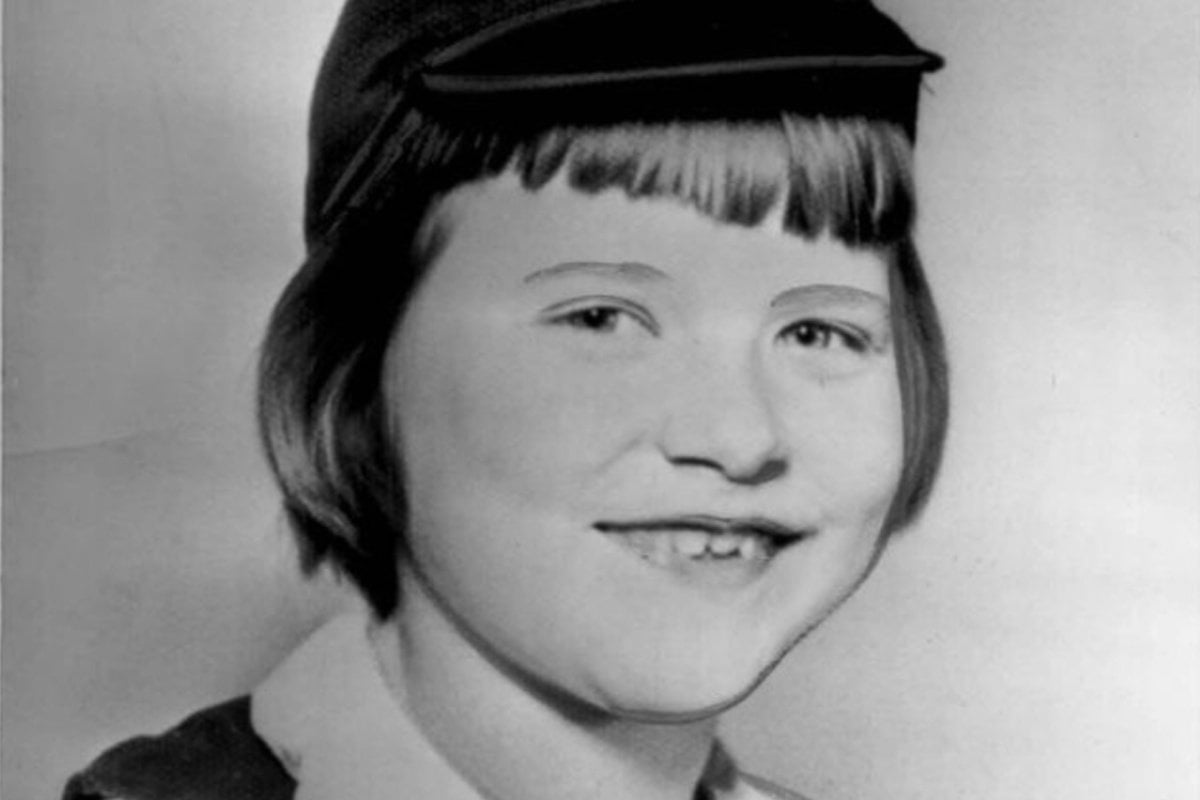
It’s been 59 years since a shy little girl called Ann Marie Burr disappeared from her bedroom in Tacoma, Washington, never to be seen again. Was she the first victim of a teenage Ted Bundy, who would go on to become one of America’s most notorious serial killers?
In the summer of 1961, Ann was eight years old and about to begin third grade. She was a quiet, well-behaved child, the oldest of four. On August 30, Ann had been invited to spend the night at a friend’s house. But her mother Bev didn’t let her go, because school would soon be starting back.
Watch the trailer for True Crime Conversations, Mamamia's true crime podcast. Post continues below.
In the early hours of the next morning, Ann brought her three-year-old sister Mary into her parents’ bedroom, saying Mary was crying because the cast on her broken arm was bothering her. Bev sent the girls back to bed.
At 5am, Bev woke up, feeling uneasy, and went to check on the girls. Ann’s bed was empty. A window in the living room, which had been left open just a crack for the TV antenna wires, was now wide open. A garden seat had been placed under the window, outside the house. The front door, which had been locked from the inside with a chain the night before, was now unlocked.

